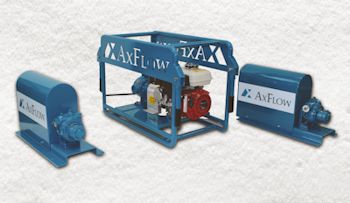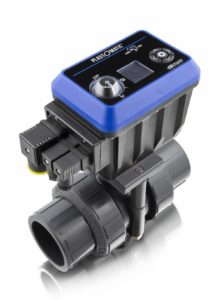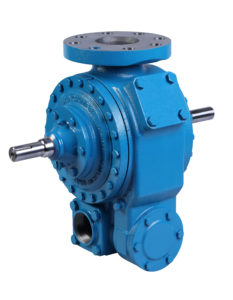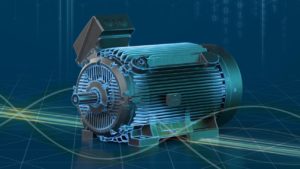AxFlow Supplies Fuel Transfer Pumps for The Coldest Journey
AxFlow is providing sponsorship for The Coldest Journey by donating three Blackmer sliding vane pumps for the unloading and transfer of jet A1aviation fuel.

Unloading the fuel from drums and transferring the fuel each day will be undertaken by Blackmer XL1-5A and a Blackmer XB1C pumps.
The Coldest Journey is the first ever attempt to cross the Antarctic continent during the polar winter. Led by Sir Ranulph Fiennes ‘the world’s greatest living explorer’ (Guinness World Records), the expedition members and equipment sailed from London’s Tower Bridge on 6th December 2012 onboard the SA Agulhas to the Lazarev Sea coast in Antarctica.
The traverse of the Antarctic will take place between the two seasonal equinoxes, 21 March – 21 September 2013, with the ice team travelling from Novolazarevskaya (Novo) to the Ross Sea in the Antarctic winter. During this six month period the expedition team will have travelled 2,000 miles, mostly in complete darkness in temperatures approaching -90°C. Throughout the time on the traverse, the expedition team on the ice and the ship will undertake a number of scientific tasks to provide unique data on glaciology, marine life, oceanography and meteorology.
Led by two skiers, the two Finning Caterpillar D6N track-type tractors will pull two specially developed cabooses for scientific work, accommodation and storage, as well as 14 pods containing 70,000 litres of Jet A1 aviation fuel which is formulated not to freeze. Unloading the fuel from drums and transferring the fuel each day will be undertaken by Blackmer XL1-5A and a Blackmer XB1C pumps respectively (Fig. 2). AxFlow selected these pumps because they are robust, are able to handle the low viscosity fuel at temperatures down to -90ºC and have been previously used in cold weather applications by NERC British Antarctic Survey.
The Blackmer sliding vane pump operates through the employment of a number of vanes that slide into or out of slots in the pump rotor when the pump is rotating. The vanes move outwards from the rotor and ride against the inner bore of the pump casing, forming pumping chambers in the process. As the rotor revolves, the fluid enters the pumping chambers from the suction port. The fluid is circulated around the pump casing until it reaches the discharge port where it is forced out into the discharge piping. This type of design virtually eliminates any slippage, meaning that the pump’s high volumetric efficiency is maintained at all times.
Because the self-adjusting sliding vanes continuously adjust for wear, sliding vane pumps are able to maintain their near original efficiency and capacity throughout the life of the pump. The pump speed does not need to be increased over time, making this type of pump highly energy efficient. These factors make the pumps ideal for the purposes and operating conditions expected to be encountered on the journey across the Antarctic.
“The expedition will raise US$10 million for ‘Seeing is Believing’, a global initiative to tackle avoidable blindness in developing countries,” says Sir Ranulph Fiennes.” We have only gone to the best people for equipment in each field and it was The British Antarctic Survey who recommended that we contacted AxFlow with regard to sourcing appropriate pumps. We are very happy with the choice of as AxFlow as one of our sponsors and we don’t expect problems with their equipment.”
As well as conquering this final frontier of polar exploration, the expedition also aims to make a decisive contribution to understanding the effect of climate change upon the poles.
Source: AxFlow Group






